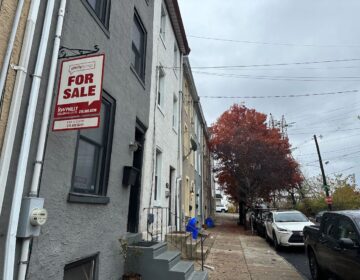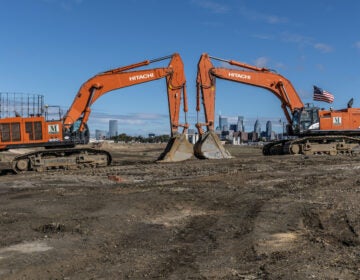PECO moves transformer flooded during Ida to prepare for more extreme weather
The utility got a federal grant to speed up several projects to improve reliability of its grid during extreme weather.
Listen 1:12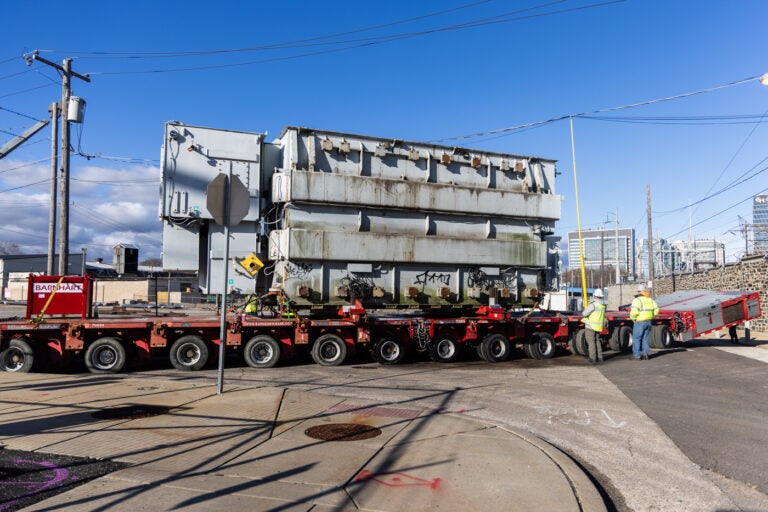
PECO moved a backup transformer that flooded during Hurricane Ida in 2021 away from the Schuylkill River floodplain in Philadelphia on Dec. 19, 2024. (Kimberly Paynter/WHYY)
This story is part of the WHYY News Climate Desk, bringing you news and solutions for our changing region.
From the Poconos to the Jersey Shore to the mouth of the Delaware Bay, what do you want to know about climate change? What would you like us to cover? Get in touch.
A 300-ton mass of metal snaked its way through an industrial section of Philadelphia’s Grays Ferry neighborhood Thursday, on the back of a remote-controlled truck bed.
The machinery is a spare electric transformer that PECO keeps on hand in case an active one nearby fails. But three years ago, the backup transformer was swamped with floodwaters as the remnants of Hurricane Ida pushed the Schuylkill River over its banks.
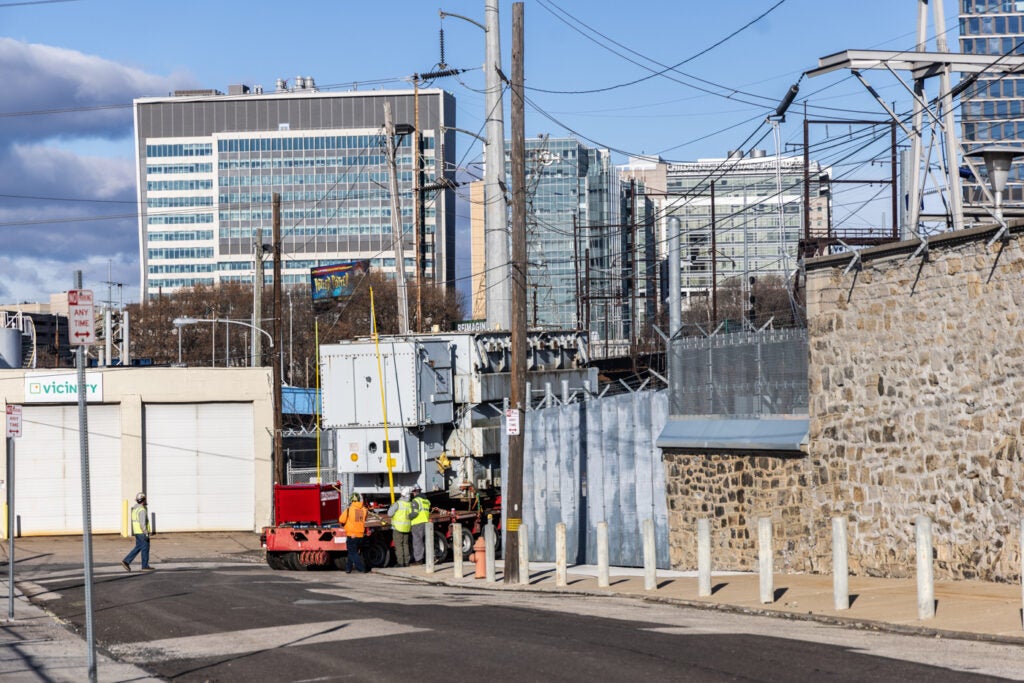
Contractors guided the transformer from its location just yards from the river to a new site about a block away outside the floodplain. The move is part of PECO’s efforts to ready its infrastructure for a warmer climate.
“Our equipment has been designed 10, 20, 30, 40, 50 years ago,” said Bill Patterer, PECO’s vice president of projects and contracts. “What we’re seeing today is different.”
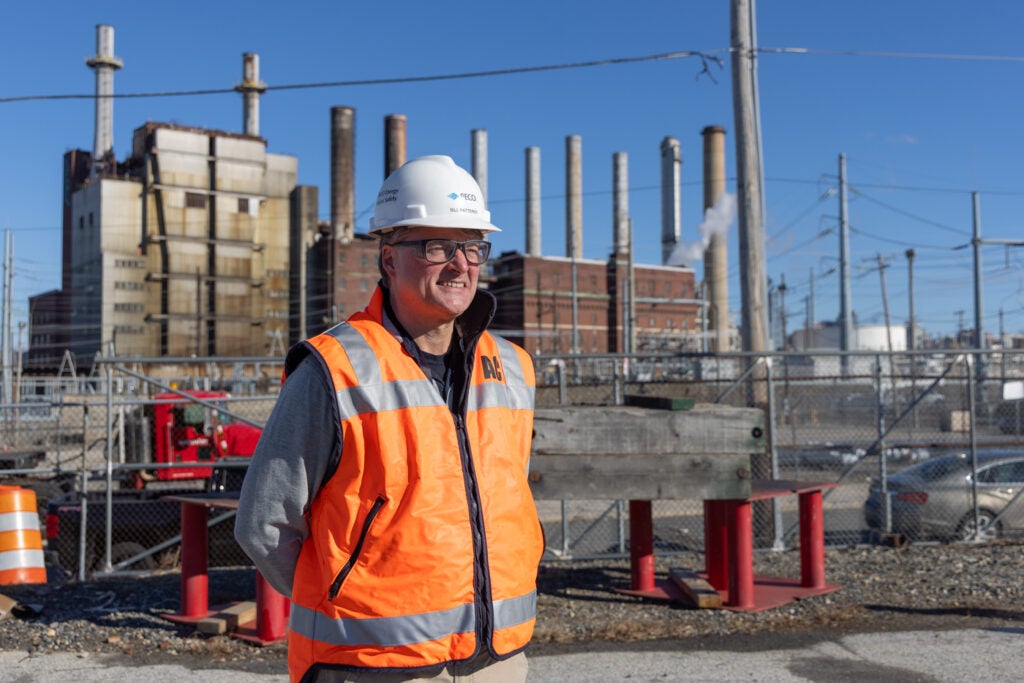
Climate change is driving more intense hurricanes, more extreme rain and sea level rise — which can threaten critical power infrastructure. Meanwhile, climate solutions like electric vehicles and heat pumps, as well as demand for more air conditioning during increasingly hot summers, are expected to put more strain on the grid.
The relocation of the backup transformer in Grays Ferry is part of a more than $250 million project to improve the resilience of PECO’s infrastructure. It’s partially funded by a $100 million grant from the U.S. Department of Energy through the Bipartisan Infrastructure Law, with the rest paid for by PECO ratepayers.
The Grays Ferry backup transformer was not the only PECO infrastructure that flooded during the remnants of Hurricane Ida. One substation in Perkiomen Township needed to be powered down as floodwaters rose, Patterer said. Another on Barbadoes Island in the Schuylkill River near Norristown was nearly flooded out.
“It was getting very close to where we were going to be out of options,” Patterer said.
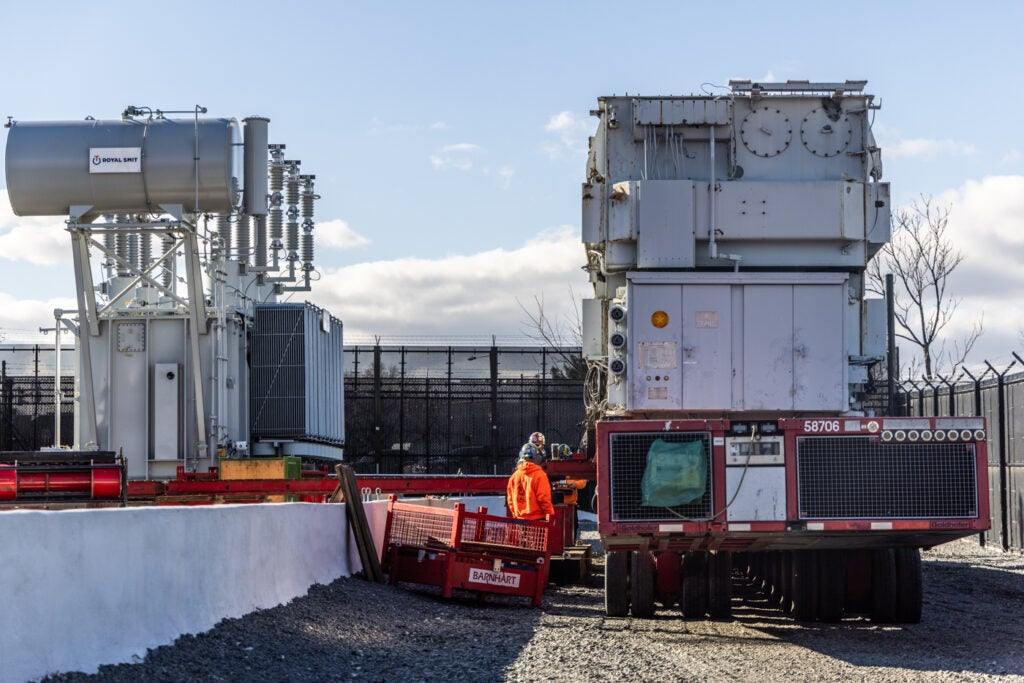
Roughly 135,000 PECO customers lost power during Ida, said spokesperson Brian Ahrens — largely due to power lines downed by fallen trees. But Patterer said the flooding of the substations didn’t help.
“There was a lot going on during that storm,” Patterer said, pointing to the “winds and rain and the flooding.”
“There were a lot of customers out to begin with, but it definitely made restoration more difficult because there was one less source of power that we had to switch customers on,” he added.
PECO plans to move the substation off of Barbados Island to a location outside the floodplain with help from the federal grant. The utility will also use the federal money to install a battery at its storm response center to allow for continuous operations during extreme weather, increase the capacity of 60 miles of its transmission lines and replace some old lattice towers with stronger poles.
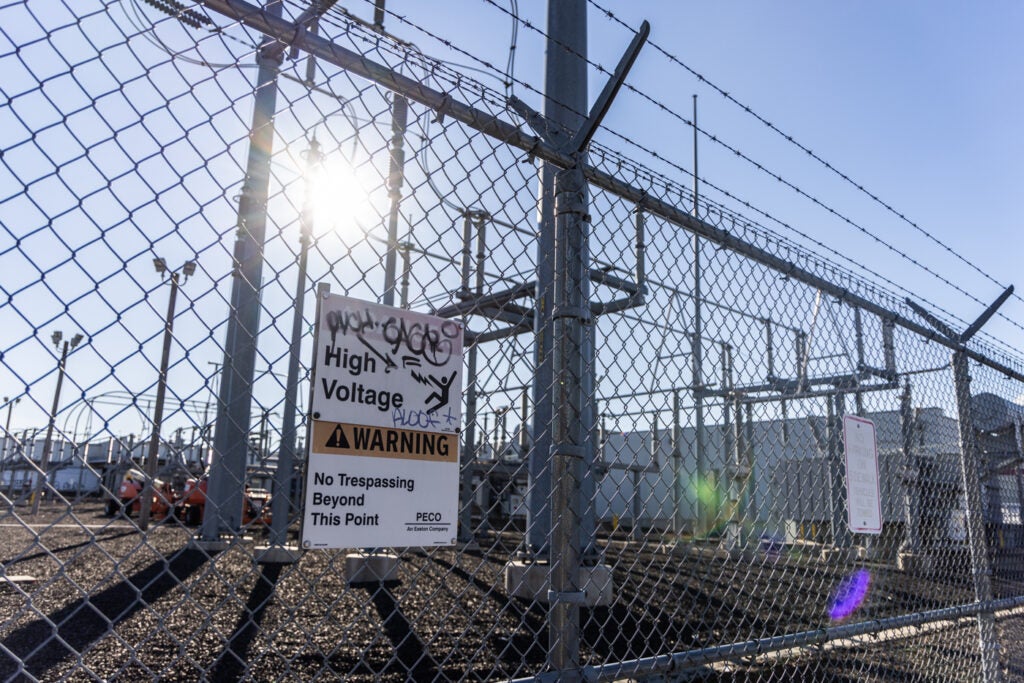
The federal grant allows PECO to implement these big projects faster, company officials said. The utility also incorporates climate resilience into its routine maintenance and construction work — for example, by building new infrastructure outside of the 100-year floodplain.
“We were already planning resiliency throughout everything we do,” Patterer said.

Subscribe to PlanPhilly
WHYY is your source for fact-based, in-depth journalism and information. As a nonprofit organization, we rely on financial support from readers like you. Please give today.






